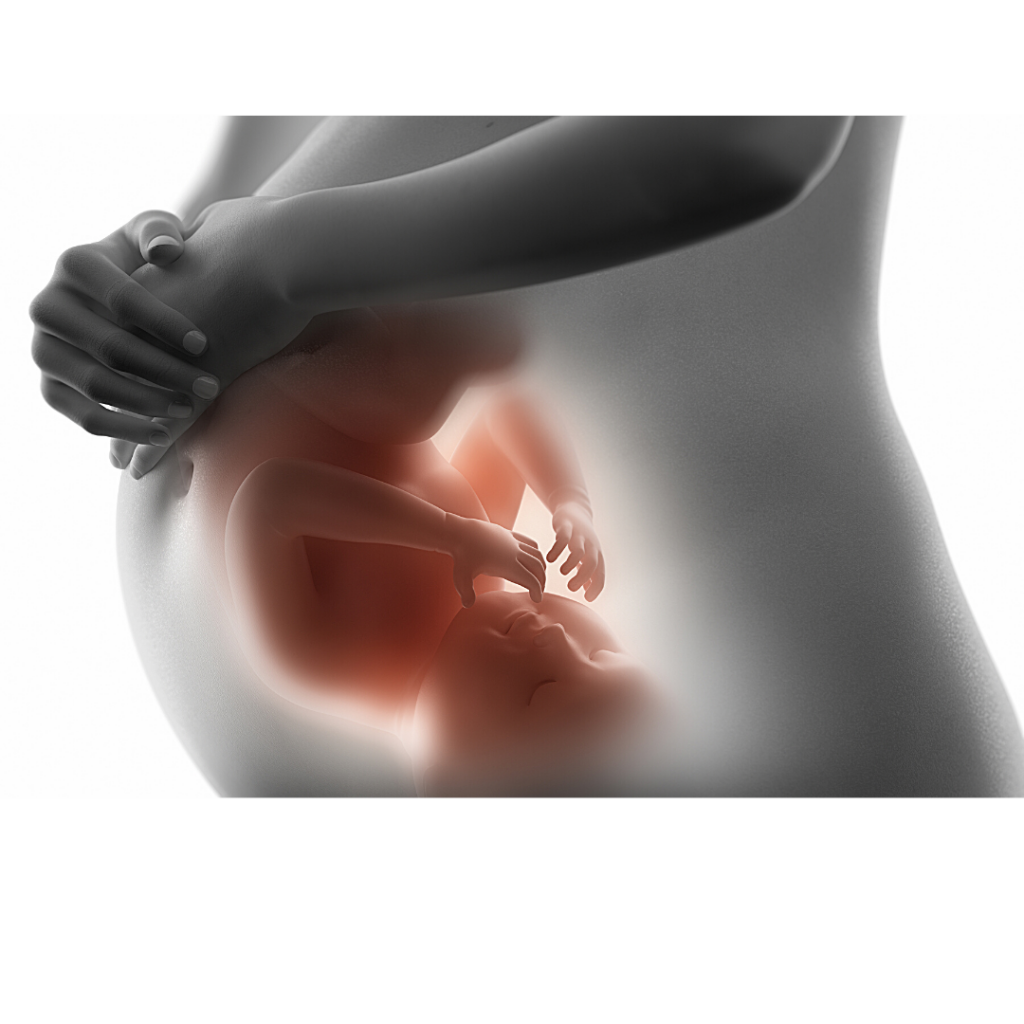by Bonnie Finnerty, Education Director

Even decades after slavery was abolished, there was a time in our country when it was legally acceptable to separate people by race. In fact, the Supreme Court upheld the constitutionality of racial segregation in the 1896 case Plessy vs. Ferguson, protecting the doctrine of Separate but Equal. It would be upheld by the Court seven times.
It took 58 years for the Court to see the error of its ways. It’s impossible to quantify the tremendous damage that Plessy did in stalling equal rights for all Americans. Finally, the Court’s landmark decision in the 1954 Brown vs. Board of Education case determined racial segregation of school children to be unconstitutional, and it became a cornerstone of the civil rights movement that led to de-segregation of other institutions.
Today, it’s hard for us to imagine how the Court in 1896 could have possibly thought that such a practice was constitutionally protected. The doctrine of Separate but Equal with regard to race was long overdue for the ash heap of history.
In similar fashion, another Supreme Court precedent, should join it. Where Plessey marginalized people based on race, Roe marginalizes people based on age and location. In a day of 4-D ultrasounds, fetal surgery, and ever-changing viability, it’s hard to imagine how the Court in 1973 could have possibly thought abortion to be a constitutionally protected right.
In every pregnancy, two separate and equal humans exist. From the moment of conception, a genetically unique human is formed, one who is inside the mother, yet NOT the mother. Perhaps a different gender, eye color, or hand dominance. A person who has never before existed and never will again. A person whose future is impossible to predict and whose impact on the world can only be imagined.
Clearly human, created of human parents. Clearly living, as demonstrated by rapid growth. It is intellectually dishonest to say this is not a living human being.
In challenging this, the abortion supporter will frequently invoke personhood, saying that we are not really people with inherent dignity and rights until we possess sentience, abilities to feel, dream, plan, etc. Yet, one must ask, does a newborn infant possess these qualities? Or those with limited cognitive capacity? Or those tortured by addiction? Are they, or others in likewise vulnerable situations, not persons?
Personhood cannot be qualified by arbitrary social constructs. Defining personhood should be based on objective truth, and scientifically speaking, the indisputable truth is that human life begins at conception, just as it was indisputably true that our human dignity is not a function of race.
Justice Blackmun, in his Roe majority opinion, acknowledged that if the personhood of the fetus is someday established, Roe is doomed to collapse, as the 14th Amendment clearly protects the fetus’ right to life.
That day has come. Forty-nine years later, at the tragic cost of 63 million American innocent lives, wounded mothers, forsaken fathers, and a fractured society, it’s time to correct the error of Roe.
While Separate but Equal based on race has no place in our society, equal rights based on biology certainly should be guaranteed. Situational circumstances do not change an objective truth of who we are and how we came to be. We all have inherent worth from the moment of our conception. Every person, once in existence, should have the right to live.
